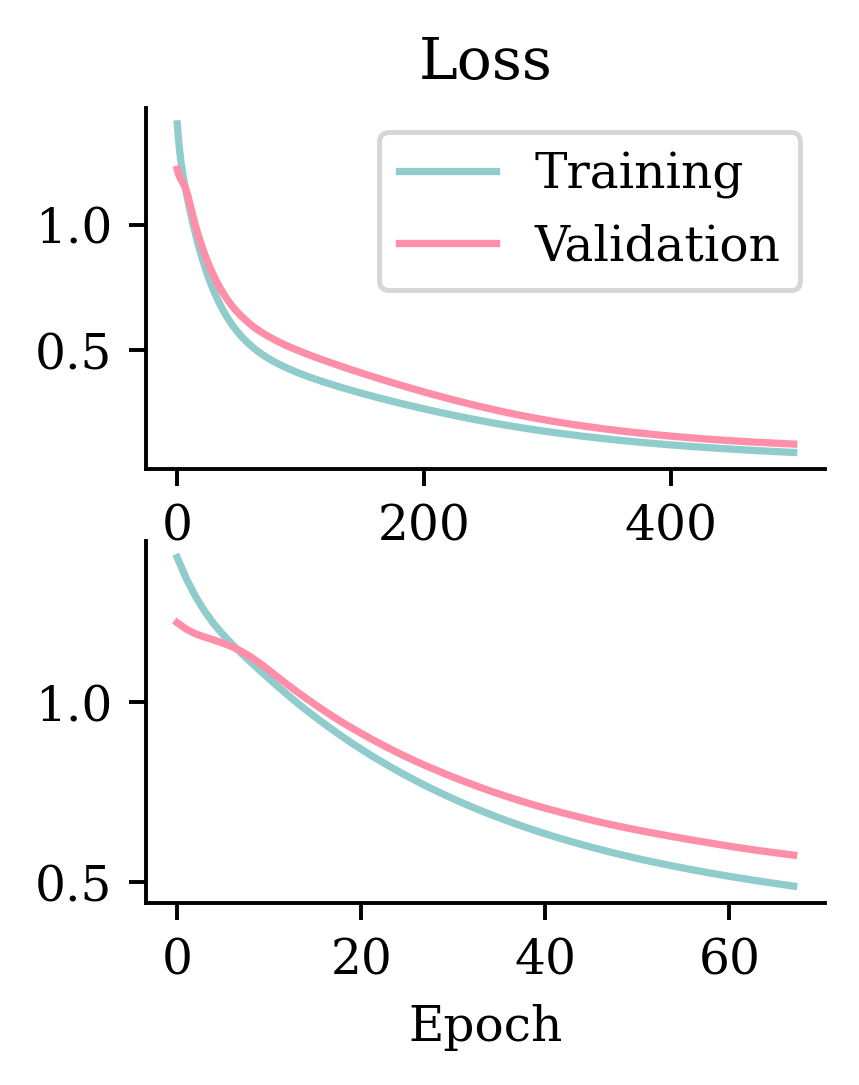PROCESSED_DATA_DIR = Path("stroke/processed")
X_train = pd.read_csv(PROCESSED_DATA_DIR / "x_train.csv")
X_val= pd.read_csv(PROCESSED_DATA_DIR / "x_val.csv")
X_test = pd.read_csv(PROCESSED_DATA_DIR / "x_test.csv")
y_train = pd.read_csv(PROCESSED_DATA_DIR / "y_train.csv")
y_val = pd.read_csv(PROCESSED_DATA_DIR / "y_val.csv")
y_test = pd.read_csv(PROCESSED_DATA_DIR / "y_test.csv")
X_train| gender_Female | gender_Male | ever_married_No | ever_married_Yes | Residence_type_Rural | Residence_type_Urban | work_type_Govt_job | work_type_Never_worked | work_type_Private | work_type_Self-employed | work_type_children | smoking_status_Unknown | smoking_status_formerly smoked | smoking_status_never smoked | smoking_status_smokes | hypertension | heart_disease | age | avg_glucose_level | bmi | |
|---|---|---|---|---|---|---|---|---|---|---|---|---|---|---|---|---|---|---|---|---|
| 0 | 0.0 | 1.0 | 0.0 | 1.0 | 1.0 | 0.0 | 0.0 | 0.0 | 1.0 | 0.0 | 0.0 | 0.0 | 0.0 | 1.0 | 0.0 | 0 | 0 | 0.003896 | -0.628661 | 0.005109 |
| 1 | 0.0 | 1.0 | 1.0 | 0.0 | 1.0 | 0.0 | 0.0 | 0.0 | 0.0 | 0.0 | 1.0 | 1.0 | 0.0 | 0.0 | 0.0 | 0 | 0 | -1.634096 | -0.257346 | -1.509505 |
| 2 | 0.0 | 1.0 | 1.0 | 0.0 | 1.0 | 0.0 | 0.0 | 0.0 | 1.0 | 0.0 | 0.0 | 0.0 | 0.0 | 1.0 | 0.0 | 0 | 0 | -0.483075 | -0.754323 | -0.732780 |
| ... | ... | ... | ... | ... | ... | ... | ... | ... | ... | ... | ... | ... | ... | ... | ... | ... | ... | ... | ... | ... |
| 3063 | 1.0 | 0.0 | 0.0 | 1.0 | 1.0 | 0.0 | 1.0 | 0.0 | 0.0 | 0.0 | 0.0 | 0.0 | 0.0 | 1.0 | 0.0 | 1 | 0 | 0.667946 | -1.028773 | 0.561761 |
| 3064 | 1.0 | 0.0 | 0.0 | 1.0 | 1.0 | 0.0 | 0.0 | 0.0 | 1.0 | 0.0 | 0.0 | 0.0 | 1.0 | 0.0 | 0.0 | 0 | 0 | -0.084644 | -0.366428 | 0.548816 |
| 3065 | 0.0 | 1.0 | 1.0 | 0.0 | 0.0 | 1.0 | 0.0 | 0.0 | 1.0 | 0.0 | 0.0 | 1.0 | 0.0 | 0.0 | 0.0 | 0 | 0 | -1.147126 | -0.765668 | -0.422090 |
3066 rows × 20 columns








